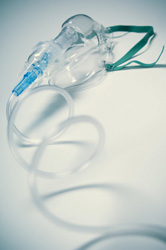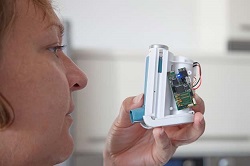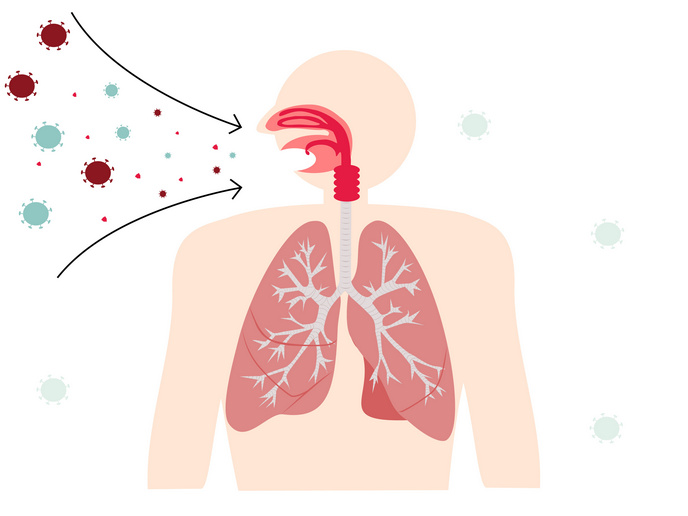Breathing easily using a new therapy
Asthma and obstructive pulmonary disease can cause chronic airflow limitation (CAL). As the name suggests, CAL is due to narrowing of the airways and this overall compromises the quality of life for the sufferer. As a general objective, project partners in the EU funded project CARED aimed to improve diagnosis of different patients' needs and to devise rehabilitation programmes. They also sought to evaluate and develop pharmacological, surgical and exercise remedies. Expiratory flow limitation reduces the effectiveness of expiration and can result in dynamic hyperinflation with consequent shortage of breath, especially during exercise. The researchers were therefore looking for a simple non-invasive method for detecting and measuring EFL without disturbing normal breathing. Specifically, researchers at Politecnico di Milano evaluated a method to gauge the extent of expiratory flow limitation imposed along with forced oscillation technique (FOT). The method involves applying very low amplitude acoustic oscillations (five Hz) onto spontaneous or in this case, assisted respiratory airflow. The subsequent interaction with the respiratory system modifies the pressure and flow relationship of the forced oscillations. The ratio of pressure to flow can be used to measure, in real time, the absolute value of respiratory input impedance. The variable measured was delta (rs) - the difference between mean inspiratory and expiratory respiratory reactance and this therefore enables the detection of expiratory flow limitation. Patients were subjected to nasal continuous positive airway pressure (CPAP) over a range of pressures. Oesophageal pressure was then measured to determine whether the breath was flow limited, indeterminate or not flow limited. The team found that expiratory flow limitation was reduced in one of four cases of confirmed flow limitation by increasing CPAP. This indicates that this method may be used in conjunction with nasal pressure support to alleviate chronic airflow limitation. Advantages of this therapy are that it is non-invasive and does not increase the lung volume. Avoiding hyperinflation has benefits for the patient in that muscle effectiveness and efficiency are maintained.







